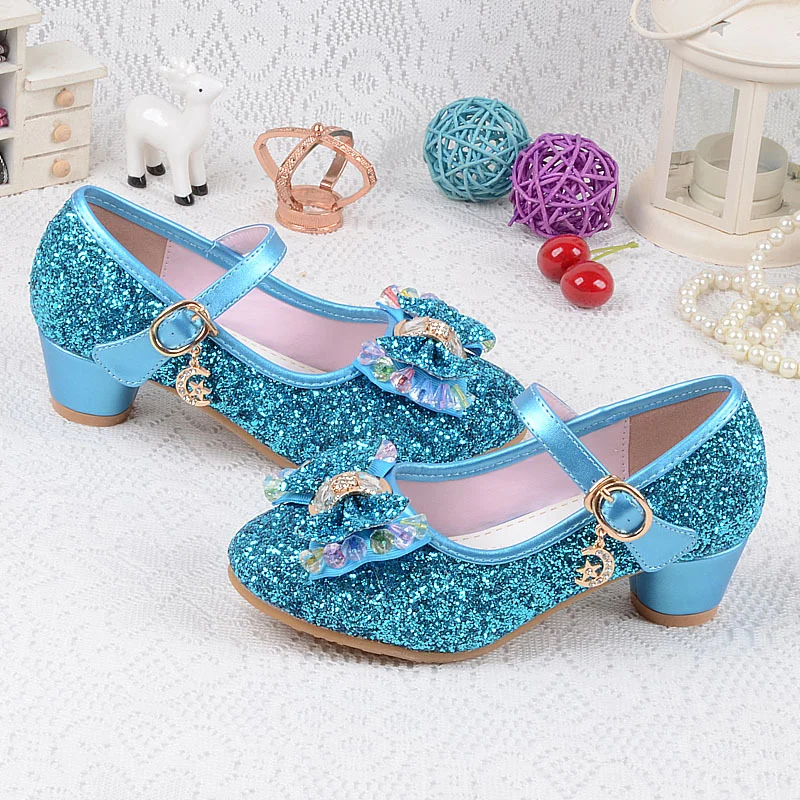
The Comfort of High Heels for Kids: A Thoughtful Approach
Introduction:
Addressing the Concerns of High Heels for Kids
Are high heels suitable for children? This is a question that concerns many parents who want their children to be comfortable, safe, and developmentally sound. In this comprehensive guide, we will explore the topic of high heels for kids, focusing on the importance of comfort, age-appropriate styles, and safety considerations. From understanding foot development to selecting the right heel height, we aim to provide a thoughtful approach to ensure the well-being of children when it comes to wearing high heels.
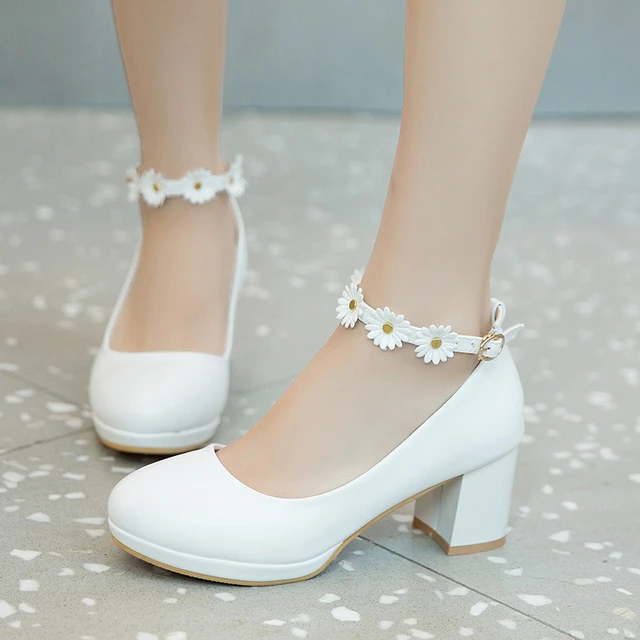
The Comfort and Safety of High Heels for Kids: A Thoughtful Approach
-
The Importance of Comfort: Prioritizing Kids’ Health and Well-being
a. Supportive footbeds: High heels for kids should have supportive footbeds, offering cushioning and arch support to promote proper foot development.
b. Adjustable straps or laces: Look for high heels that have adjustable straps or laces to ensure a secure fit and prevent discomfort or instability.
c. Adequate wiggle room: Choose high heels that provide ample room for the toes to move freely, allowing natural foot development and preventing issues like blisters or bunions.
-
Age-Appropriate Styles: Embracing Comfort and Simplicity
a. Low or wedge heels: Opt for low or wedge heels for kids, as they offer more stability and minimize the risk of tripping or ankle sprains.
b. Closed-toe designs: Choose high heels with closed-toe designs to protect children’s feet from potential accidents or injury.
c. Sufficient ankle support: Look for high heels that provide ankle support, such as boots or shoes with ankle straps, to prevent instability and promote safer wearing conditions.
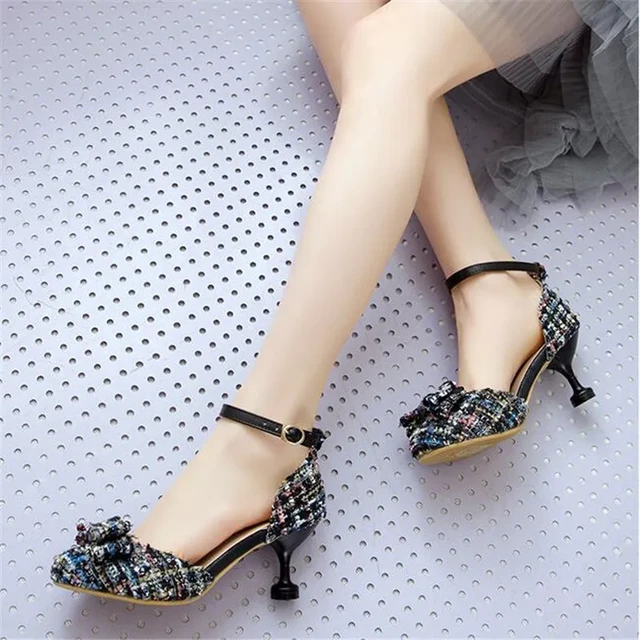
-
Safety Considerations: Ensuring a Secure and Protective Fit
a. Proper sizing and fit: It is crucial to find high heels that fit properly to prevent discomfort, blisters, or uneven pressure on the feet.
b. Slip-resistant soles: Look for high heels with slip-resistant soles to provide added traction and prevent accidents or falls.
c. Lightweight materials: Select high heels made from lightweight materials to prevent undue strain on children’s feet and legs during extended wear.
-
Occasional Use and Supervision: Encouraging Healthy Wearing Habits
a. Limit wearing time: High heels for kids should be reserved for special occasions and not worn for prolonged periods to avoid excessive strain on growing feet and muscles.
b. Supervision and guidance: It is important for parents or guardians to supervise children when they wear high heels, ensuring they are used in safe environments and teaching them proper walking techniques.
c. Promoting flats or low-heeled alternatives: Encourage children to wear flats or low-heeled shoes for everyday activities to provide optimal foot support and encourage natural foot development.
-
Educating About Proper Foot Care: Instilling Healthy Habits
a. Regular foot checks: Teach children the importance of inspecting their feet for blisters, redness, or discomfort after wearing high heels.
b. Foot exercises and stretches: Encourage children to perform foot exercises and stretches to help alleviate any tension or discomfort caused by wearing high heels.
c. Hydration and rest: Emphasize the importance of adequate hydration and rest for foot health, as wearing high heels can cause fatigue or muscle strain.
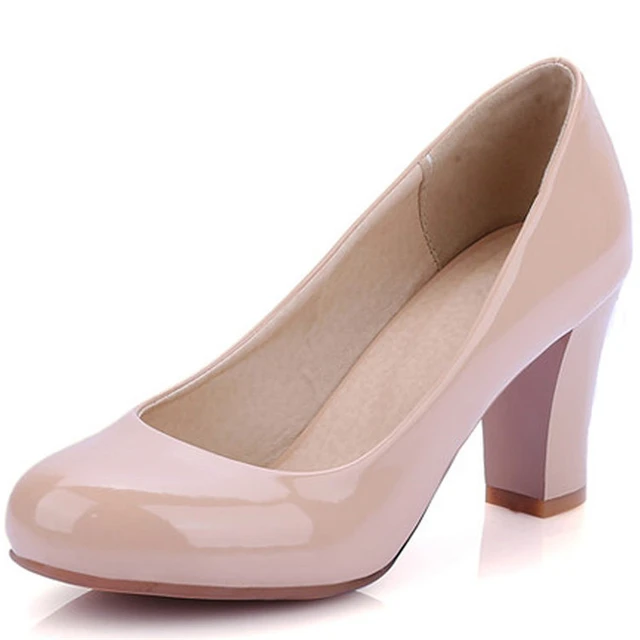
-
Age and Developmental Factors: Considering Foot Development
a. Foot growth and development: Children’s feet are still growing and developing, so it’s important to consider their stage of development when deciding on high heels.
b. Bone and muscle structure: Children have different bone and muscle structures compared to adults, and their feet need time to develop strength and stability.
c. Pediatric podiatrist consultation: If there are concerns about the suitability of high heels for a child, it is advisable to consult with a pediatric podiatrist who can provide expert guidance and recommendations.
-
Alternative Fashion Choices: Exploring Stylish and Comfortable Options
a. Flats and ballerina shoes: Flats or ballerina shoes offer a stylish alternative to high heels, providing comfort and ease of movement for children.
b. Sneakers or athletic shoes: Sneakers and athletic shoes with supportive features are not only comfortable but also encourage physical activity and healthy foot development.
c. Fashion-forward sandals: Consider trendy sandals with supportive soles and adjustable straps that are suitable for both casual and dressier occasions.
-
Teaching Body Positivity and Self-Expression: Emphasizing Inner Confidence
a. Emphasizing self-expression: Encourage children to express their personal style through fashion choices that prioritize comfort and individuality.
b. Fostering body positivity: Teach children that confidence and beauty come from within, and that footwear choices should be based on personal comfort, rather than conforming to societal norms.
c. Instilling self-esteem: Help children understand that self-esteem is not solely based on appearance, but on qualities such as kindness, intelligence, and inner strength.
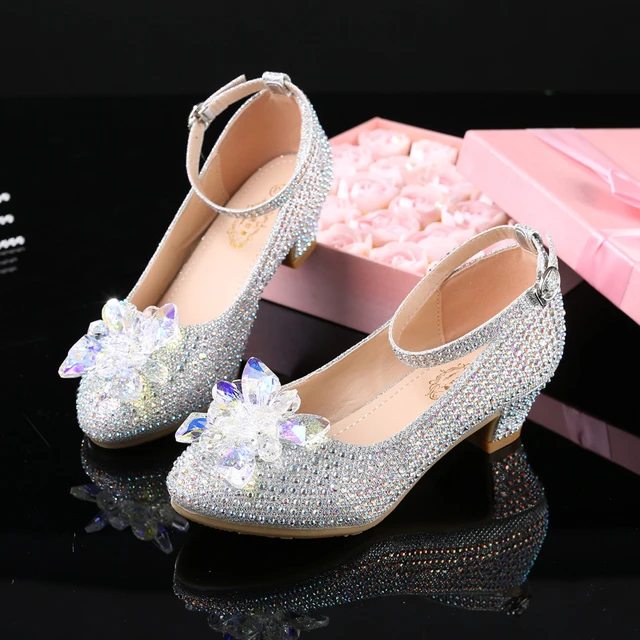
The Role of Communication: Understanding Children’s Preferences and Limitations
a. Listen to their feedback: Communicate openly with children to understand their preferences and any discomfort they may experience while wearing high heels. Encourage them to share their thoughts and feelings about wearing high heels.
b. Respect their choices: It is important to respect children’s choices when it comes to their fashion preferences. However, guide them towards age-appropriate options that prioritize comfort and safety.
c. Set limitations: Establish clear guidelines regarding when and where children can wear high heels, ensuring they understand the importance of taking breaks and alternating with supportive footwear.
Seeking Expert Advice: Consulting with Professionals
a. Pediatric podiatrist or orthopedist: If you have concerns or questions about high heels for your child, consider consulting with a pediatric podiatrist or orthopedist. They can provide specific guidance based on your child’s individual needs and development.
b. Shoe specialist: Visit a reputable shoe store with knowledgeable staff who can help you find high heels that fit properly and provide adequate support for your child’s feet.
Empowering Confidence: Promoting Body Positivity and Individuality
a. Highlight the importance of inner beauty: Teach children that confidence and self-worth come from within, rather than relying solely on external appearance or high-heeled shoes.
b. Encourage individuality: Help children embrace their unique style and express themselves through their fashion choices, while also prioritizing their comfort and well-being.
c. Promote positive body image: Reinforce the message that all bodies are beautiful and that self-acceptance and self-care are more important than conforming to societal ideals.
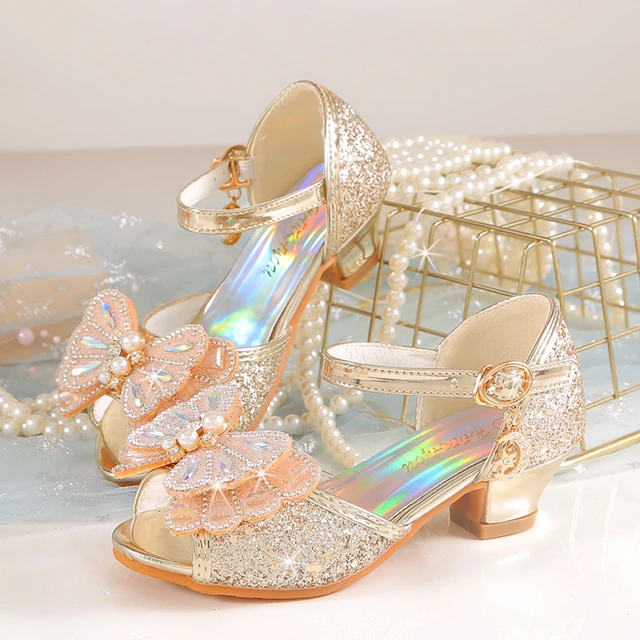
Conclusion: A Balanced Approach to High Heels for Kids
Implementing a thoughtful approach can ensure the comfort, safety, and well-being of children when considering high heels. Prioritize comfort, choose age-appropriate styles, and consider safety. Encourage occasional use, provide supervision, and educate children about foot care. Striking a balance between style and safety promotes positive and healthy experiences with high heels for kids.
